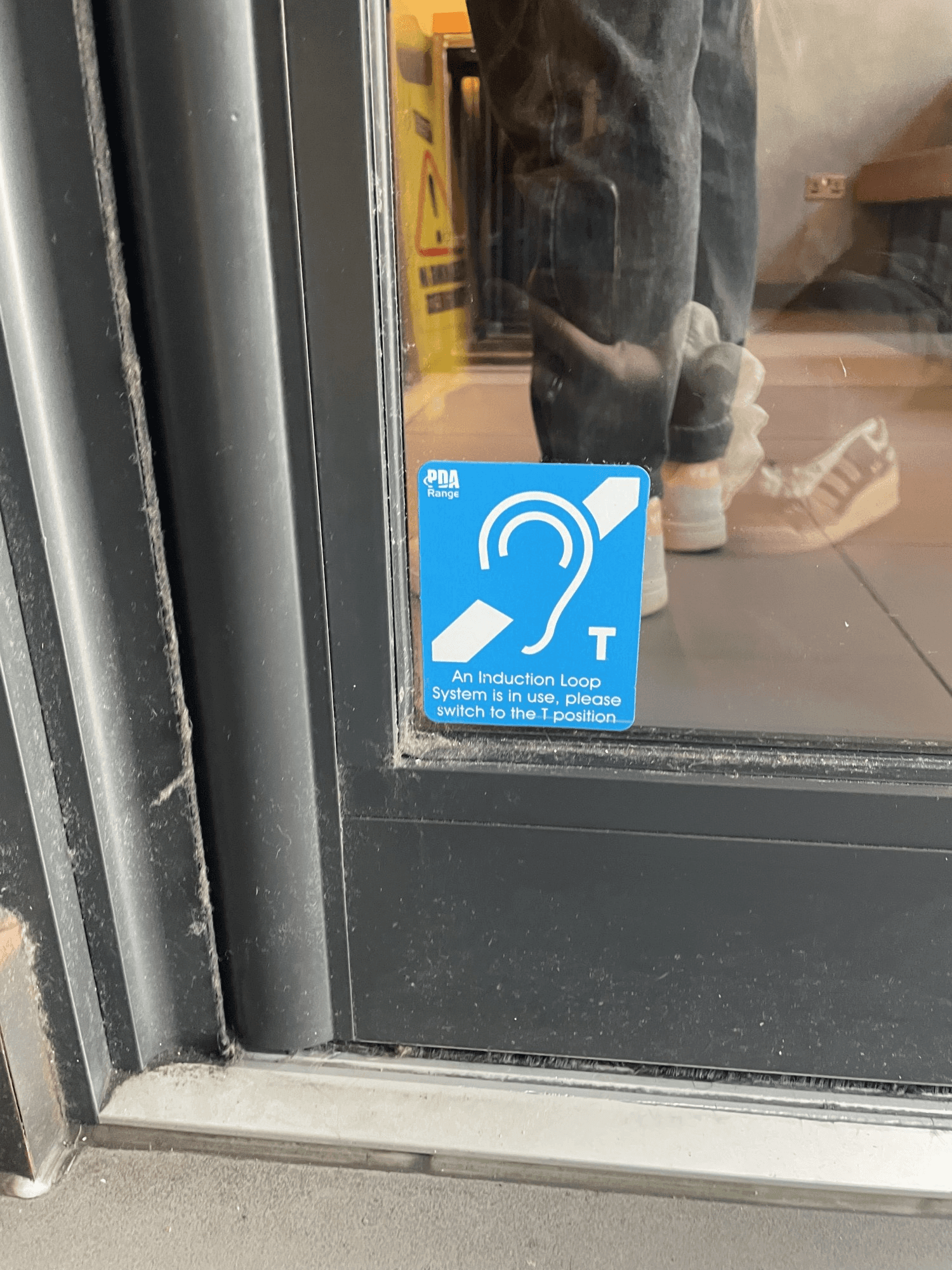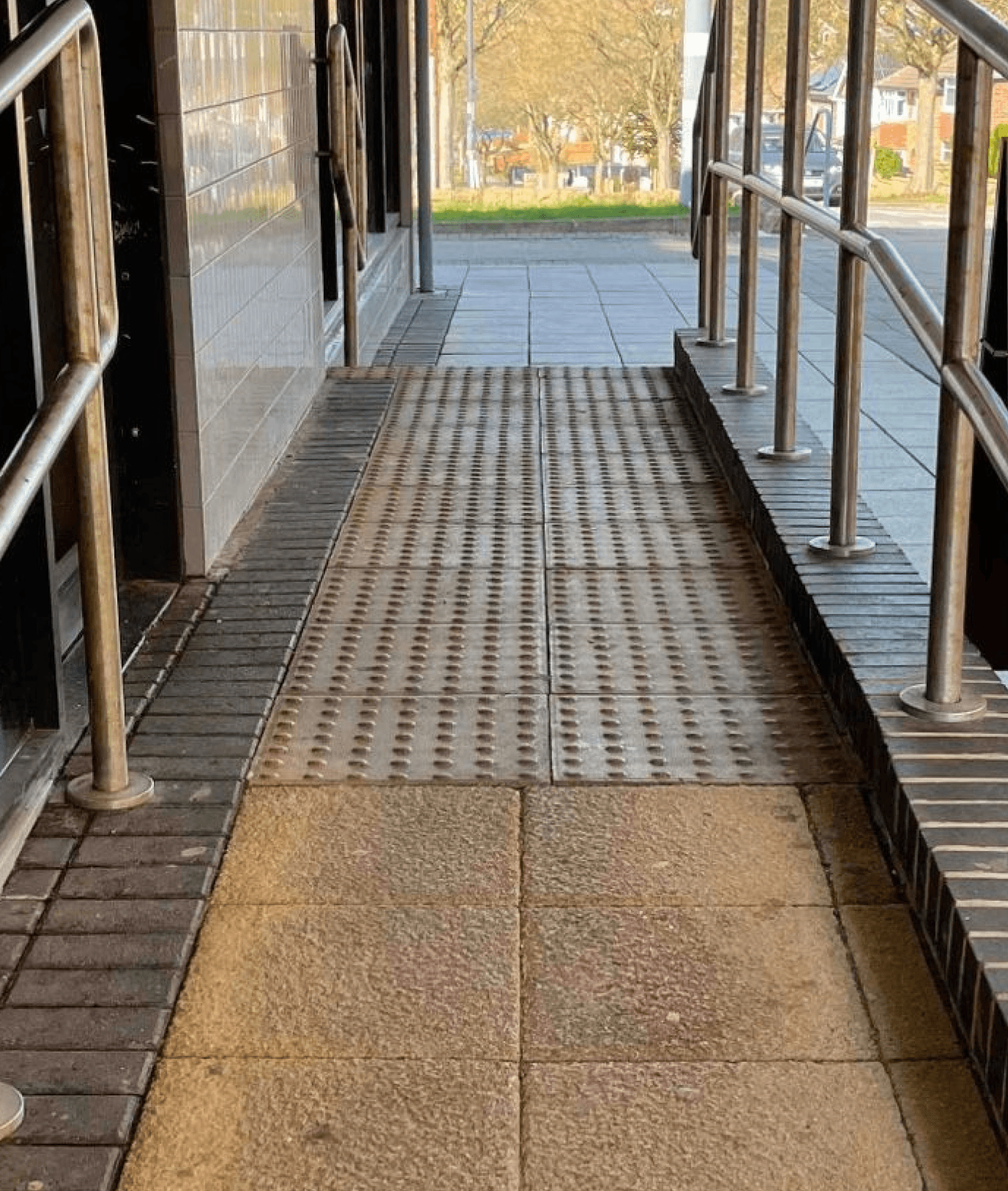Visual, Sensory, & Hearing
Tagging the visual, hearing, and sensory aspects of an area is crucial to ensuring all our users – particularly those with hidden disabilities – are able to feel included and welcome in the venue.
After tagging an indoor or outdoor area, you'll automatically be prompted to tag the visual, hearing and sensory information for that same area. We display this information separately, however, given its importance to so many of our users.
When tagging VHS, try to consider the following:
Visual: Pay attention to the lighting levels and type, the presence of bright or flashing lights, and the overall visual environment. Is it visually overwhelming or comfortably subdued? Tag details like the availability of dimmed lighting or areas with less visual clutter.
Hearing: Pay attention to the noise level in the area being tagged. Is background music paying, and at what volume? Are there areas that are particularly noisy or quiet? The availability of hearing loop systems or areas where sound is dampened can also be significant accessibility features to note for those with hearing impairments.
Sensory: Pay attention to the overall sensory environment and level of sensory stimulation in the area being tagged. Are there strong smells or a lot of tactile stimuli? Note the presence of any potential sensory triggers like strong odours, crowded spaces or loud music. Tagging quiet or low-sensory areas can be particularly helpful for individuals who are sensitive to sensory overload.
To provide visual, hearing and sensory information about a space, start by completing details for either an Indoor or Outdoor area. Upload relevant images and tags first, following this, you'll be prompted to provide Visual, Sensory and Hearing tags.
It might be challenging at first to identify and tag some of these visual, hearing and sensory-related elements, but with practice, you'll become adept at picking up these details. We know that these details are more subjective than the tags in other categories, as what might be considered loud or bright by one person may be different for someone else. To help minimise the variation in tags between users, we suggest being overly sensitive to VHS features. If something is somewhat loud to you, then it is most likely very loud to someone who is sensitive to loud noises. Same for bright lights, patterns and more.
Whilst VHS features are particularly important for people with visual, hearing, or sensory needs, they are also important factors for anyone visiting the space. Sometimes you just want a quiet café, not a noisy restaurant! By including these details, we're building an ever more inclusive and welcoming community
Although images aren’t required for this section, adding a photo of features like braille menus or hearing loops is particularly helpful. Your tags on visual, hearing and sensory aspects will complement your images previously uploaded in the corresponding indoor or outdoor area.

